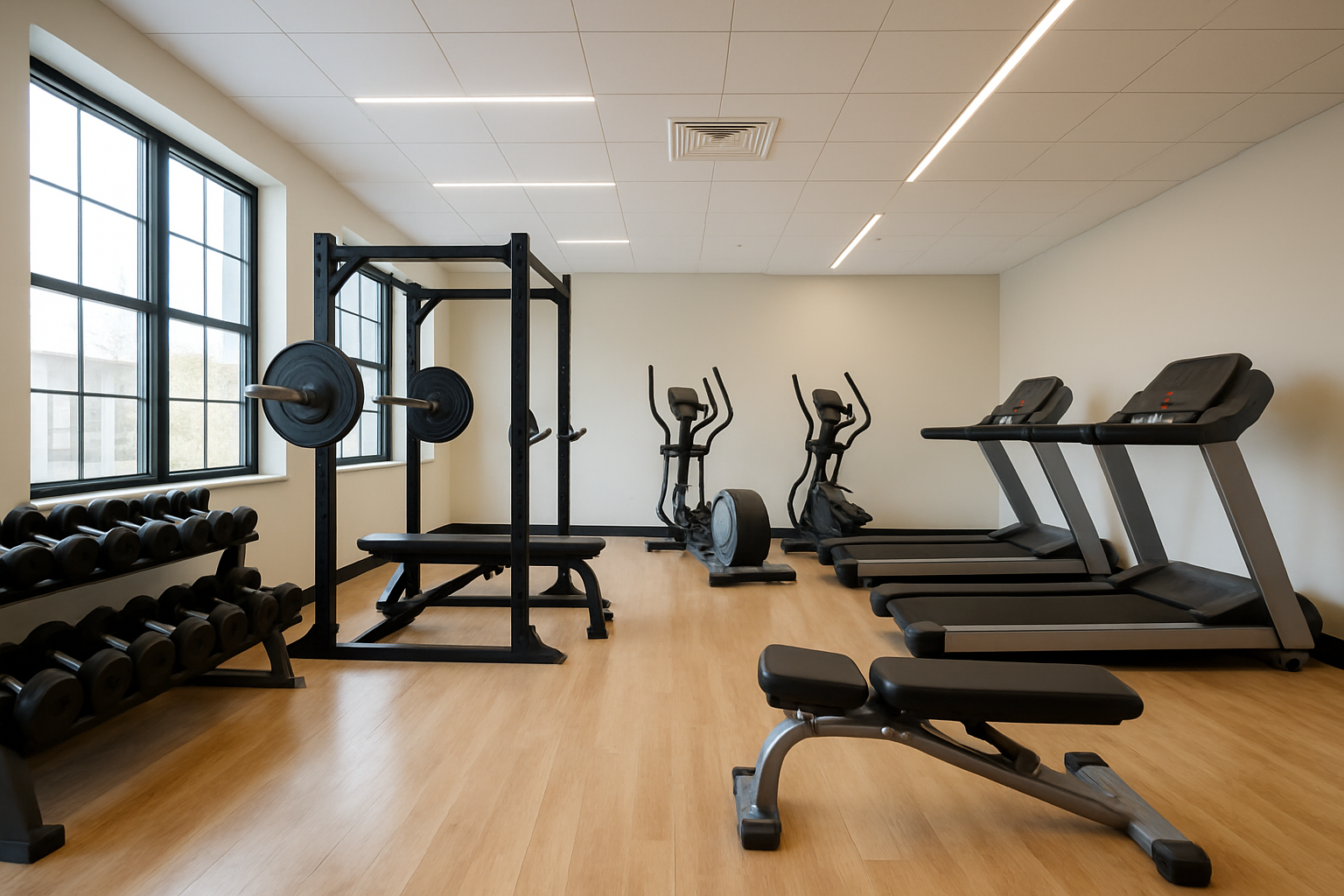Best Small Business Loans for Gyms and Fitness Centers
Running a gym or fitness center is capital intensive. Between leasing space, buying equipment, hiring staff, marketing, and managing seasonal membership fluctuations, cash flow pressure is constant. Having the right financing in place can make or break your facility’s success.
Below is a guide to the best types of small business loans for gyms and fitness centers in 2025, what to look for, where to get them, and how to increase your chances of approval.
Why Gyms & Fitness Centers Have Unique Financing Needs
Gyms differ from many other small businesses in several ways:
-
High equipment costs (cardio machines, strength gear, etc.)
-
Depreciation and maintenance burden
-
Need for periodic upgrades to stay competitive
-
Membership revenue seasonality
-
Physical facility costs (build-out, remodeling, HVAC, etc.)
Because of these factors, lenders often require more rigorous underwriting or collateral. But the good news is there are loan options tailored for your needs.
Top Loan Options for Gyms & Fitness Centers
Here are some of the best financing paths to consider, depending on what you need the money for (equipment vs expansion vs working capital).
SBA 7(a) Loans
One of the most versatile small business loans available. These government-backed loans can be used for equipment, working capital, expansions, and more.
-
Loan size: Up to $5 million in many cases.
-
Terms: Up to 10 years for general purposes; up to 25 years if real estate is involved.
-
Use: Equipment, real estate, operations, acquisitions.
-
You’ll need solid credit, business plan, collateral, and likely a personal guarantee.
-
Gyms & fitness centers often use 7(a) to fund equipment or acquisition.
Best when: You’re expanding, buying equipment, or acquiring another location.
SBA 504 Loans
Designed for fixed-asset purchases like real estate or major facility improvements.
-
The structure: 50% financed by conventional lender + 40% by a Certified Development Company (CDC) + 10% down payment.
-
Use: Purchase property, build-out, or large equipment.
-
Terms: Up to 25 years for real estate, 10 years for equipment.
-
Rates are fixed for the long term.
-
Because 504 is focused on “hard assets,” it doesn’t cover general operations or working capital.
Best when: You want to own your facility or make big structural investments.
Equipment Financing & Leasing
If your primary goal is buying or upgrading gear, equipment financing is ideal.
-
The financed equipment itself serves as collateral.
-
Terms often match the useful lifespan of the equipment (5–10 years).
-
Easier approvals for those with weaker credit, since the lender has security in the gear.
-
Many lenders and specialty firms offer equipment loans for fitness gear.
Best when: Your biggest expense is machinery, and you want to spread payments.
Business Term Loans
Traditional bank or online term loans can work well when you need a lump sum for expansion, remodeling, or marketing.
-
Fixed payments over a set period (often 3–7 years).
-
Requires good credit, financials, and possibly collateral.
-
Best for more mature gyms with proven revenue.
Business Line of Credit
A revolving credit line (similar to a credit card) that you draw from when needed.
-
Interest is only paid on the amount you use.
-
Useful for seasonal fluctuations, emergency repairs, or cash flow gaps.
-
Helps smooth out low-revenue months.
Short-Term Loans / Bridge Loans
If you need fast cash or want to bridge a gap, short-term loans offer quick financing though at higher cost.
-
Terms often 6–18 months.
-
Good for sudden opportunities, urgent repairs, or managing slow months.
Lenders & Specialty Options for Gyms
Some lenders are especially geared toward fitness or understand its business model:
-
National Funding markets gym & fitness business loans, equipment financing, and working capital solutions (funding up to around $500,000) with fast application processes. nationalfunding.com
-
Live Oak Bank has a team dedicated to fitness center lending. They understand gym acquisitions, expansions, and facility-level loans. Live Oak Banking Company
-
Biz2Credit offers gym financing, including equipment, working capital, and expansion loans. biz2credit.com
-
First Bank of the Lake also highlights SBA 7(a) and 504 loan services for gym/fitness clients. First Bank of The Lake
What Lenders Will Assess for Gym Loans
To get approved, you’ll want to show:
-
Consistent revenue & cash flow
-
Membership metrics (retention rates, growth, average revenue per member)
-
Financial documents: profit & loss statements, balance sheets, projections
-
Collateral / guarantees: real property, equipment, personal guarantees
-
Credit history (business & personal)
-
Business plan & experience in fitness or related industries
Tips to Improve Your Chances
-
Diversify funding sources: Combine equipment loans, SBA, and working capital.
-
Build relationships with lenders who specialize in your industry.
-
Prepare accurate financial projections and breakdown of gym metrics.
-
Offer collateral or personal guarantee if needed.
-
Show your gym’s value proposition: specialty classes, niche audience, unique member retention.
-
Time your loan requests during stronger months (e.g. start of year when many join).











